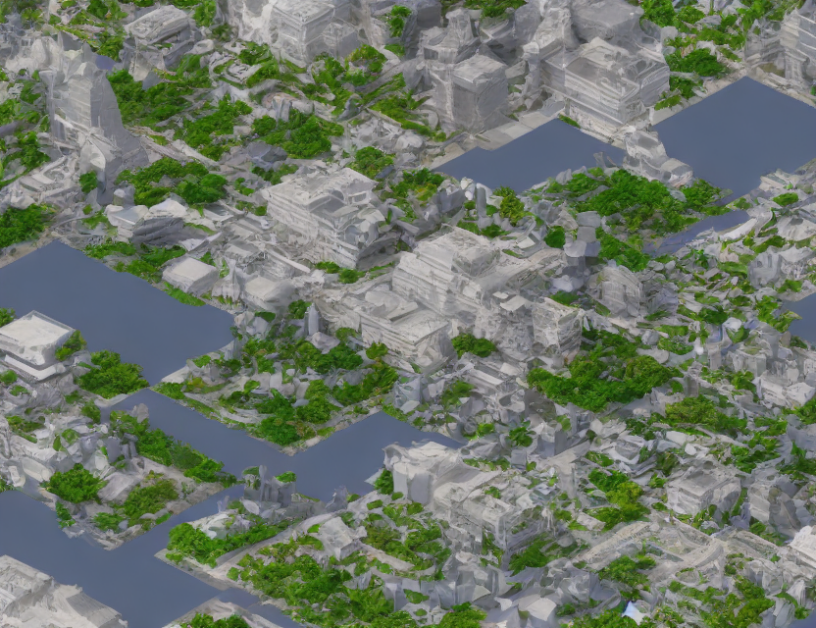In recent years, AI has revolutionized various sectors by generating realistic and complex content. The stable diffusion (SD) algorithm is a breakthrough that has propelled generative AI to new heights. This advancement has led to remarkable progress in 3D generation capabilities, expanding the potential applications of AI. Generative AI is now being utilized in various industries, including computer vision, robotics, entertainment, reverse engineering, augmented reality, human-computer interaction, and animation.
3D Reconstruction
3D reconstruction is a vital application with numerous uses. By analyzing a single RGB image, it’s possible to create images of an object from different angles and create 3D models of objects using these images. The process involves estimating scores to keep the noise level down during training, then conditioning the model to decrease the noise during denoising. These techniques form the foundation for other diffusion-based generation models, including novel view synthesis in both 2D and 3D domains.
Neural 3D Representations
In this article, we’ll explore how NeRF (Neural Radiance Fields) represents 3D objects using neural networks. NeRF models use a network to estimate the color and volume of an object from a single RGB image. This allows for the creation of detailed and realistic 3D models without the need for multiple images or complex geometry. The NeRF model can also be used to synthesize novel views of objects, which has significant implications for applications such as virtual reality and computer graphics.
Conclusion
In conclusion, generative AI has vastly expanded the potential of 3D reconstruction and novel view synthesis. By harnessing the power of NeRF and SD algorithms, we can create intricate and realistic 3D models from a single RGB image. These advancements have far-reaching implications for various industries, including computer vision, robotics, entertainment, reverse engineering, augmented reality, human-computer interaction, and animation. As the field continues to evolve, we can expect even more innovative applications of generative AI in the years to come.



